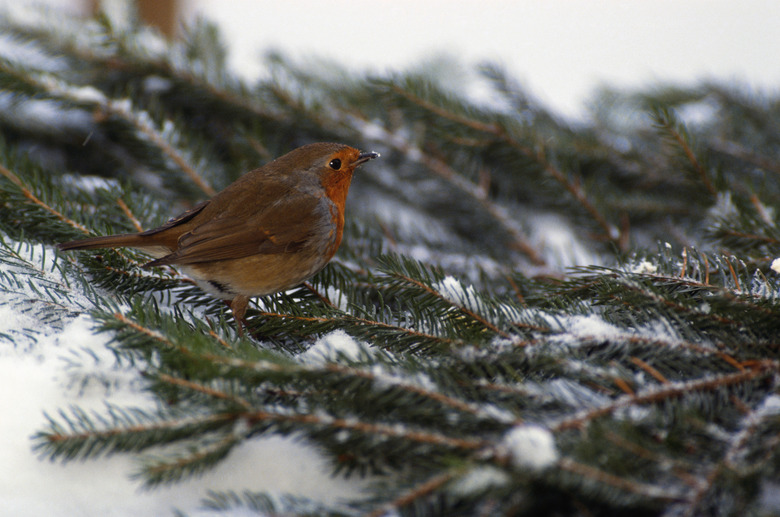When Do Robins Leave To Migrate In Michigan?
Robins are the state bird of Michigan, and while some live in Michigan all year long, most migrate south for the winter. The migration process is a yearly occurrence for robins that leave for warmer temperatures and return again when food supplies become available again. The migration process normally begins in August with robins returning to Michigan by March.
Robins that Stay in Michigan
Robins that Stay in Michigan
Some robins in Michigan do not migrate. Instead they will stay in northern areas of the U.S. and Canada. Robins are well adapted to the cold temperatures of Michigan, but a limited food supply limits the number of robins that can stay up North. Robins will feed on berries and fruit, and a limited amount is available during the winters of Michigan.
Departure
Departure
Most robins in Michigan start the migration process by the end of August, with a few stragglers leaving later. They will migrate south to the southern range of their breeding ground, which includes the southern U.S. all the way to Guatemala. Many robins will migrate in flocks or large groups.
Return
Return
Most robins will start to return north to Michigan in February and March. During the spring the snow will melt and the ground will thaw, giving robins a bigger food supply. They will start switching from fruits and berries to insects and earthworms. The best way to notice that robins have returned to Michigan is by hearing them singing to mark their territory and to begin the breeding process.
Males Return before Females
Males Return before Females
Male robins will start to return to Michigan earlier than females. The males will spend time competing with each other for nesting sites and marking their territory. Females that are returning will choose males based on their songs, looks and nesting territory. Robins will begin the mating process, normally having two hatchings of three or four eggs a year.
